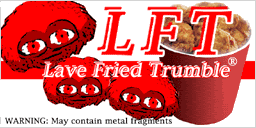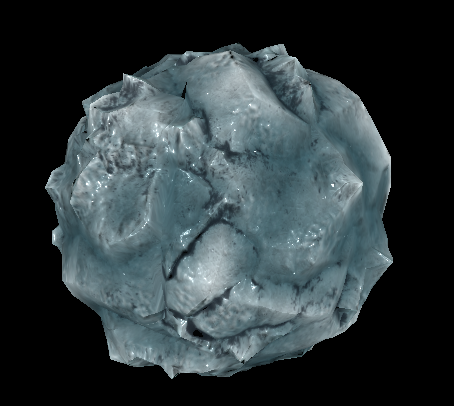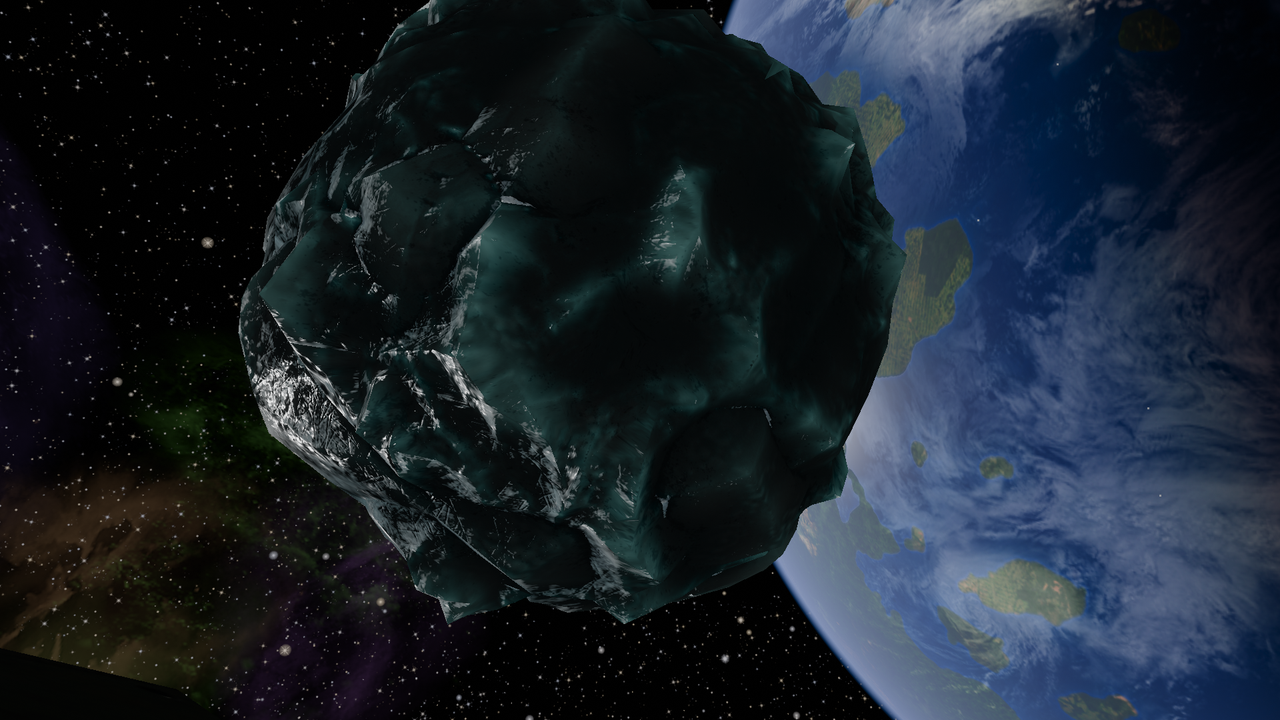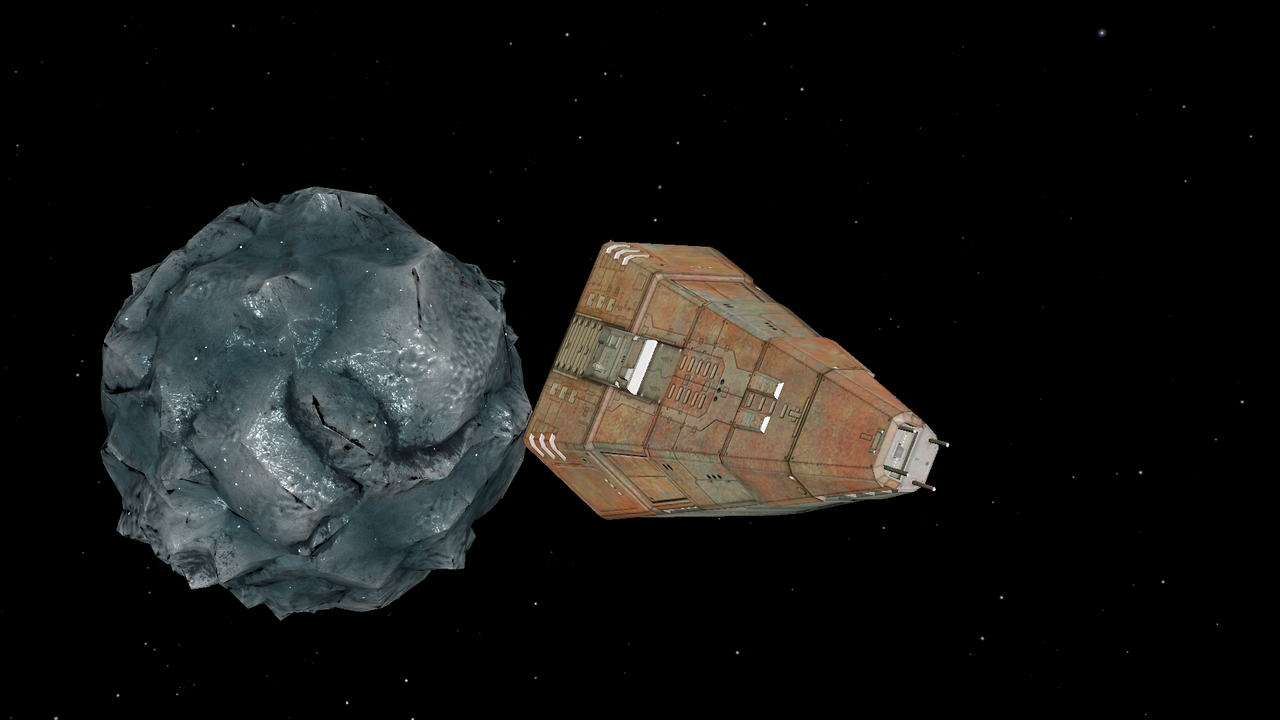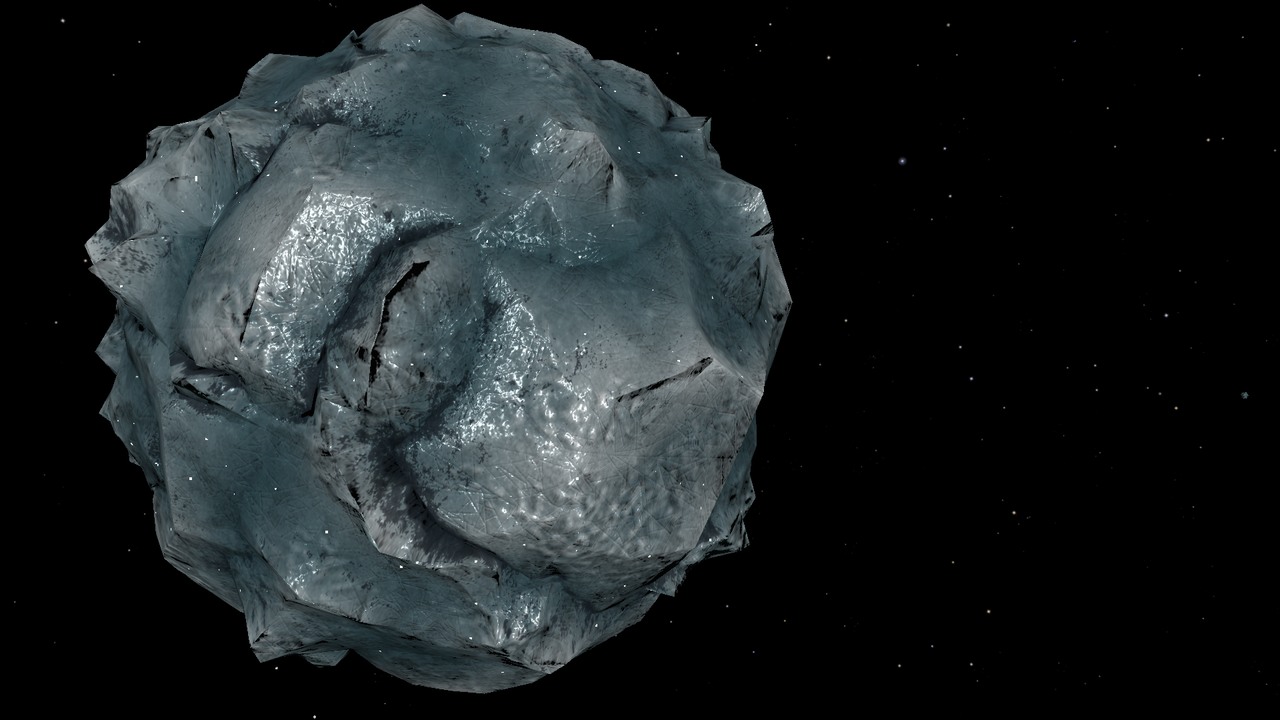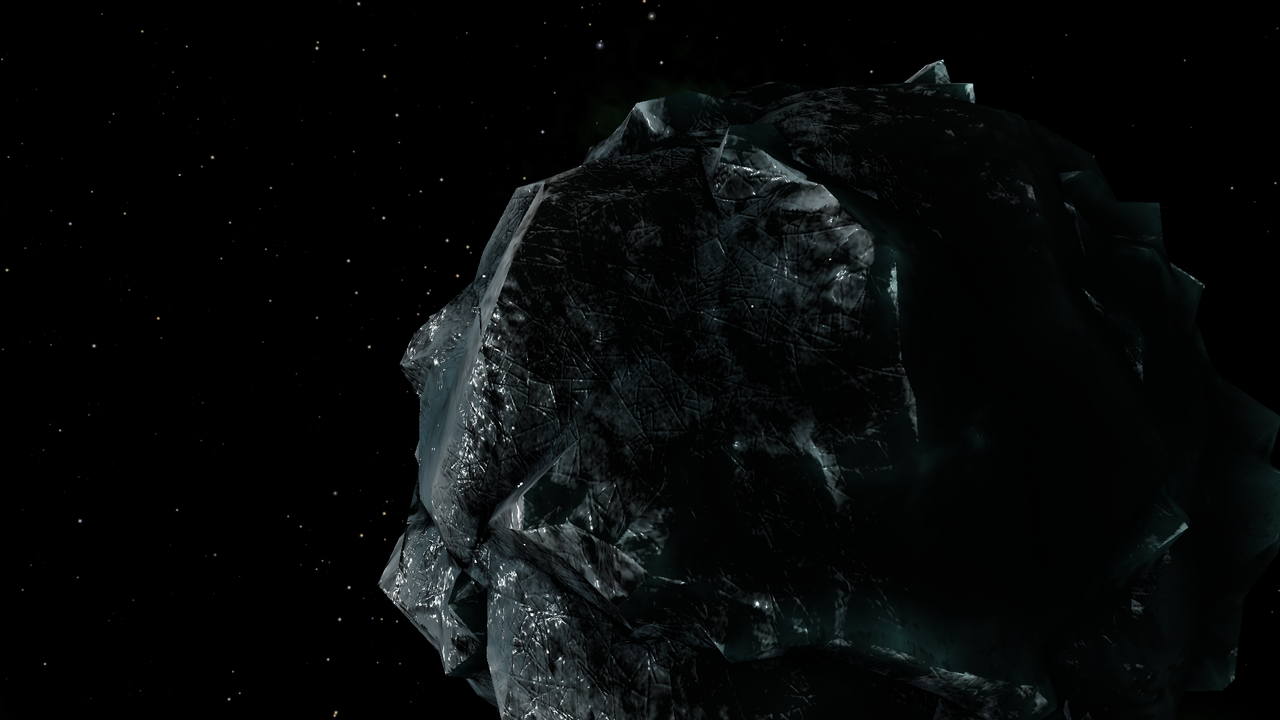Cholmondely wrote: ↑Wed Jul 30, 2025 2:09 pm
RockDoctor wrote: ↑Wed Jul 30, 2025 1:49 pm
I'm not sure I've seen the point you're asking about.
Should water be cheap on mining worlds and rock hermits? (cheaper than on
agricultural worlds)
Hmmm, six and two-threes, I think. Having a random spread with a considerable variation between worlds maybe?
Thee is quite likely to be a radial variation - more water in a band between about 0.7 a,d 1.3 AU, less interior to that or exterior to that, if you want to scale prices against orbital radius from the star.
(Corresponding, vaguely, to the proto-star cooking off water form the inner worlds, and it condensing around a "snow line" but not getting out to the outer planets.)
Cholmondely wrote: ↑Wed Jul 30, 2025 2:09 pm
By the way, Griff is back into asteroid production. He mentioned asteroids made of rock, of ice and of cinder. Should there be other important variants? I tried to find some pretty pictures of ice asteroids, but failed dismally.
Here is his newest:
viewtopic.php?p=301645#p301645
Pretty pictures.
Most asteroids should be "potatoes". There are only a large handful which are close approximations to spheres and one of the 5 biggest (Pallas? I'd have to look it up.) is nowhere near spherical.
The recent sample return missions to Bennu and Ryugu were something of a surprise, revealing sub-km asteroids which both had a "double-spinning-top or double-cone shape, which I believe is due to them being essentially strength-less rubble piles. That shouldn't be to hard a shape to model, and - does the drawing system allow for textures generated "on the fly"? Because their fractal grain-size distribution should be mathematically amenable to generation. There used to be something of a fad for generating "landscapes" out of 2- or 3- parameter fractal expressions.
"Strengthless rubble piles" aren't really compatible with the deep fissures in some of those pics. But that also means a less complex shape model, no?
Ah - composition. "Cinder" has very volcanic associations. Suitable for Mordor and the surface of Io. A large proportion of asteroids seem to have had a period of water-olivine interaction that has produced (long word) "phyllosilicates" or (short word) "clays" - same meaning. These seem ot make up a large part of the surface of several which we've investigated, specifically C67P/Churisimov-Guraschenko (correct speeelung "
Churyumov–Gerasimenko"),
Bennu and
Ryugu. Many of their slopes seem to have been swept by avalanches of debris from "high cliffs" which have paradoxically low slopes compared to the gravitational field - just a few degrees, with a rock avalanche sweeping down it, scouring the landscape, maybe melting boulders of water-ice.
67P/ also raises the wonderful world of "frozen accretion" bodies or "bilobate" bodies, where two roughly spheroidal masses have come into gentle contact and stuck, but retain their two-lobe form (See also,
MU69/ Arrakoth. Note the colour of Arrakoth on that Wiki page is enhanced, but not imaginary.
Bi-lobe bodies raise the interesting concept of
two Rock Hermits in one body, both resenting being forced to share a spin axis. That could make for some really tricky docking ...
Anyway, it is a game, not a Solar system simulator. So you don't want to tie yourself too tightly to reality.
I haven't tried working out if Oolite's planetary orbits are randomly oriented in space, or if they adhere (more or less) to a "fundamental plane" - which in the Solar system is the plane of Jupiter's orbit. Earth's orbit is 3° off that plane, and all of the planets are within 10° of it - except poor banished Pluto out at 17°. More highly inclined orbits are more common in small bodies (asteroids, asteroid families, Rock Hermits, giving the Trader looking for cheap PGEs, olivine (gems) and under-the-counter weapons a reason to stray from the main space "(p)lanes".


